Latest Posts
Expanded production will inevitably reduce memory chip price
The increasing chip supply in recent years further amplified the fluctuation of chip prices. Rapid changing market demand likewise leads to the change of cost. Looking back on the past, the year of 2019 is undoubtedly the turning point of the global semiconductor market. When nationalization and localization of semiconductor manufacturing were spreading, the production began accelerating. And then the Covid-19 epidemic intensified the shortage of chips, filling the market with an atmosphere of overbooking. On the other hand, in 2021, against the background of shortage of chips and low interest rates, many enterprises expanded their chip manufacturing in China on a large scale with lower financing costs. According to IC Insights data, the capital expenditure of the global semiconductor industry in 2021 surged by 36% year-on-year to $153.9 billion, of which NAND and DRAM capital expenditure was about $52 billion, an increase of 22% year-on-year.
The Expansion of Production
With the active expansion of production for three years in a row, the chip supply market is undergoing major changes. According to industry insiders, of the 86 chip manufacturing projects planned worldwide since 2019. However, there were 35 ready for operation by the end of this year. That indicates that chip production capacity will increase rapidly this year and next. At the same time, the production capacity of the domestic memory manufacturers is also gradually going up, and the self-sufficiency rate of memory chips in China will be further improving.
But soon the good prospect turns not that good. Affected by the Covid-19 epidemic, inflation and other things, the global demand has declined significantly this year. On the other hand, however, the money invested in the past two years is gradually transformed into production capacity with more chips constantly put on the market, which is undoubtedly insult added to injury for the market during the demand slowdown. It is understood that as the world’s largest memory chip producer, South Korea’s chip inventory surged 53.4% in May, the largest increase in four years. Since last October, its chip inventory has been doubling month on month. With the high inventory, it is inevitable that there will be price reduction to boost sales.
Chip Manufacturing in China suffers semiconductor shortage
The past year has seen a transit of the semiconductor market from a comprehensive shortage to a structural shortage. With the intensification of global inflation, electronic device manufacturers that use chips have reduced their shipments. What’s more, the demand for chip manufacturing in China is still weak. However, chip manufacturers’ inventory levels have continued to rise. As a result, it has been reported that the chip manufacturers have started loosing the prices of their products that used to be in short supply, while it is expected that many orders that have been placed will be canceled.
According to the CFM flash memory market, the industry boom of automotive chips was high with great demand for electric vehicles. However, such demand is going down quickly. In addition, the market has shown signs of a sharp drop in chip prices related to the decreasing demand. Moreover, prices of chips used in consumer electronics such as TVs, mobile phones, PCs, and tablet computers has plummeted. In addition, panel-related display driver ICs, consumer MCUs, analog ICs, GPUs, and other chips whose prices skyrocketed last year, have seen sharp declines in prices since the beginning of the year. According to market sources, the prices of some analog ICs have fallen by as much as 80%. While the prices of consumer MCUs, driver ICs and GPUs have dropped by 40%, 20% and 10% respectively.
How is market share for memory chip?
And memory chips that are an important part of consumer electronic products have also suffered from the market meltdown. According to CFM flash memory market data, Mobile and cSSD account for about 56% of NAND Flash applications. Meanwhile, Mobile and PC account for about 51% of DRAM applications. Products such as personal computers and mobile phones are undoubtedly the main users of NAND Flash and DRAM chips. The CFM flash memory market data show that both NAND and DRAM price indices have fallen by 10% since the beginning of this year. As the market remains weak, the price of memory chips may go further down in the third quarter.
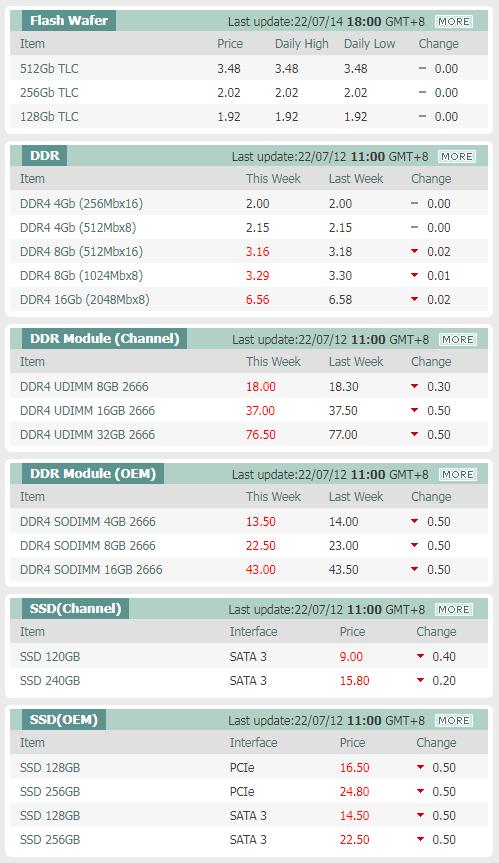











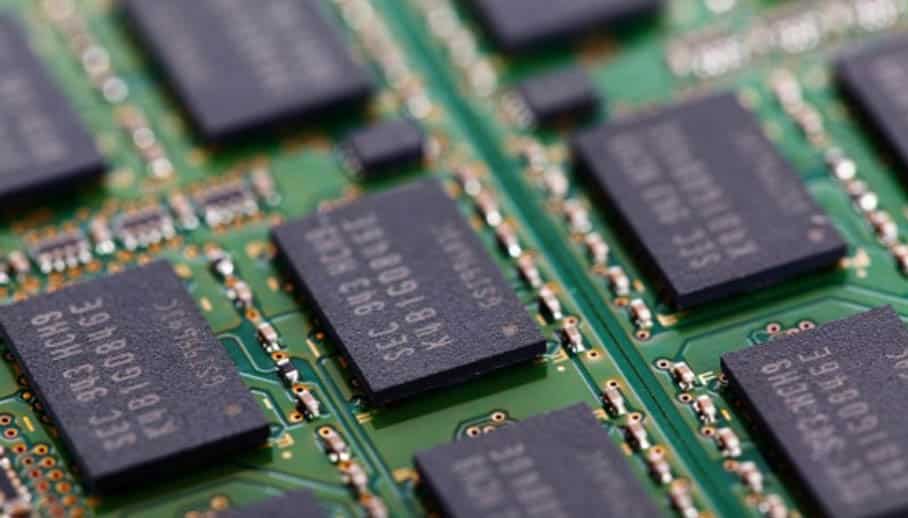
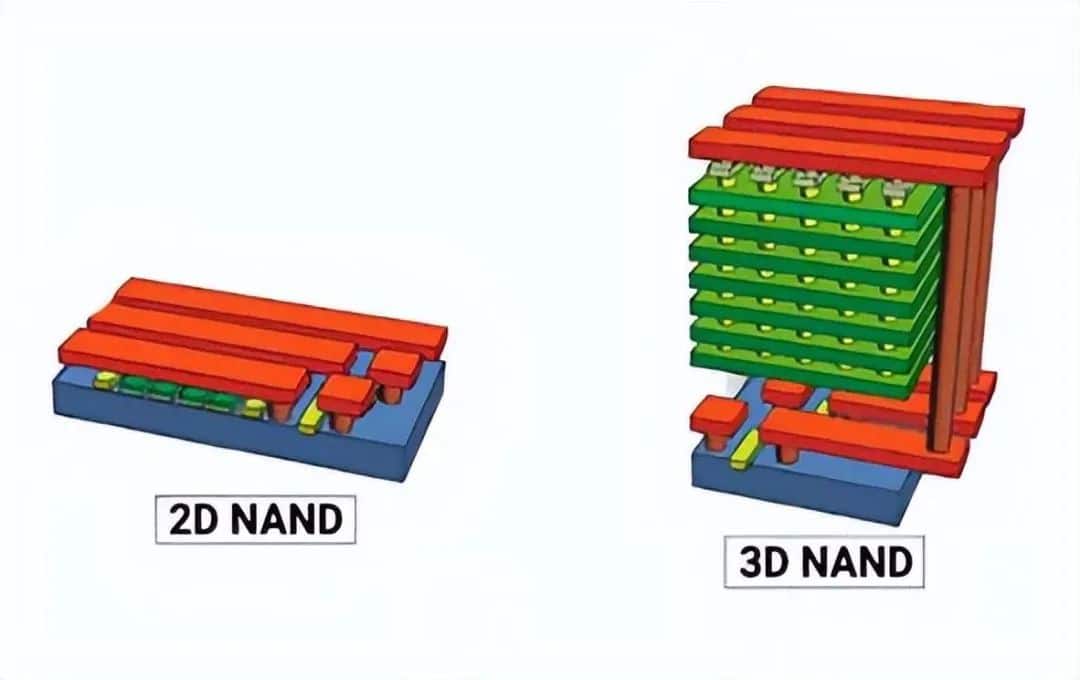
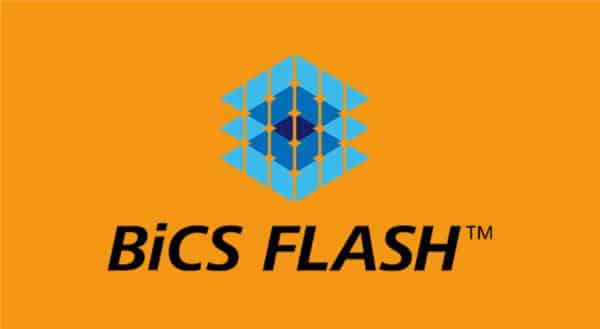
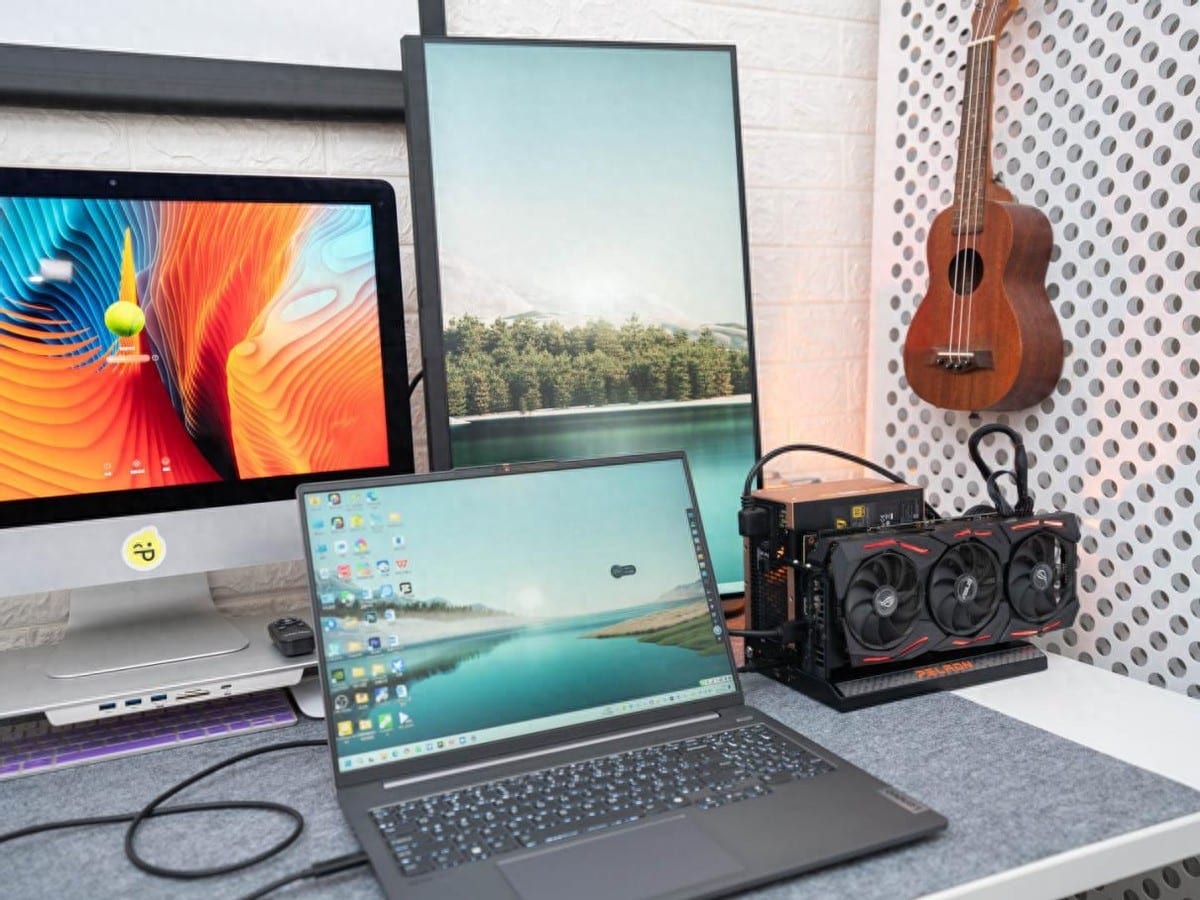
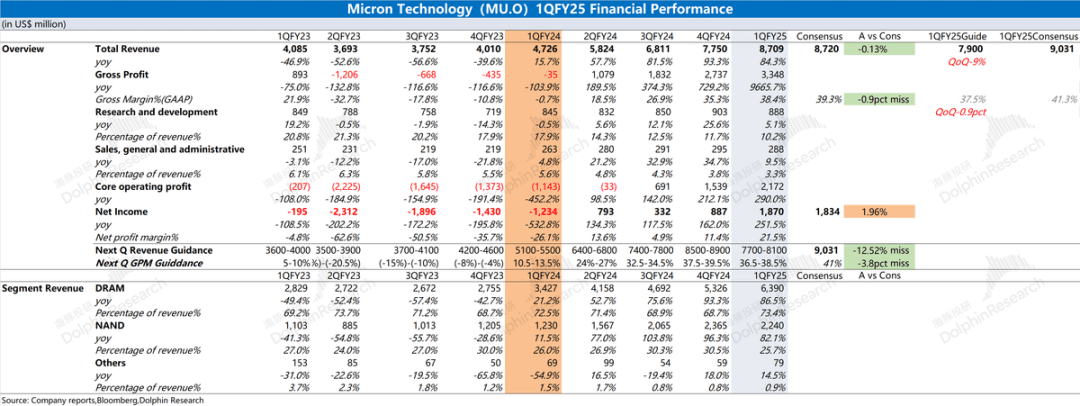
Leave a comment